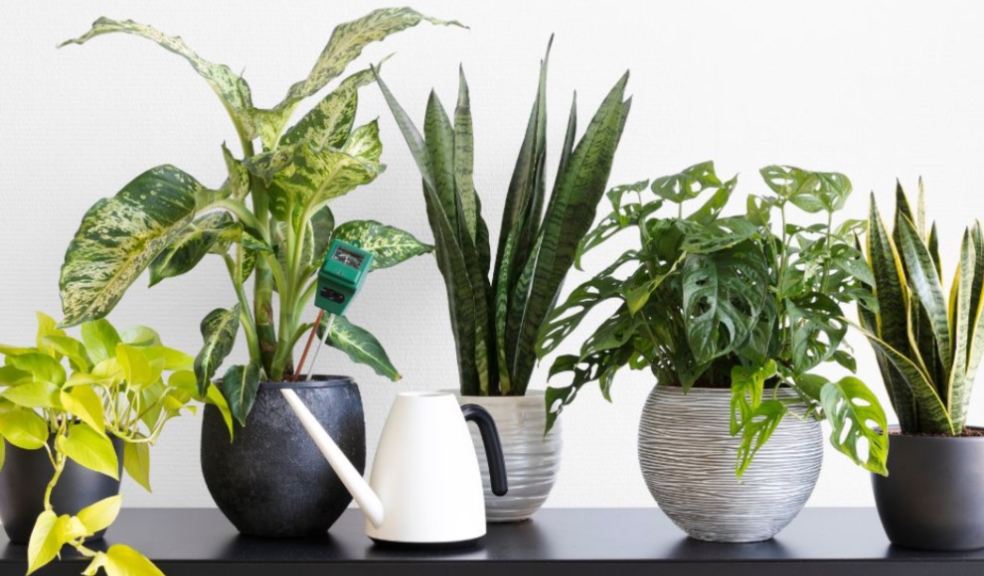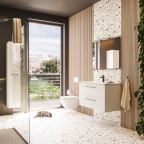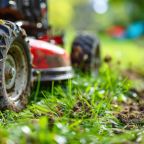
How to Pick the Right Indoor Plant
If you are looking to buy a new plant for your home, you may wonder which plants you should buy and which ones you shouldn't.
But, there are several factors you should keep in mind in order to make sure you buy the best plant for your room.
Keeping an indoor plant is a great way to add some color to your walls. Fortunately, there are plenty of plants available indoors to choose from. A little research will go a long way.
Succulents
A number of these plants are very popular among gardeners for their ability to survive harsh conditions. They also have striking foliage and texture. Some are also very low maintenance.
While most homes already have a climate that is conducive to these types of plants, they do require a little extra care.
One of the easiest ways to determine what plant you should pick is to find out the hardiness of the particular species. You can do this by checking out the plant tags. Most of them will have a section that lists the requirements.
Another thing to look for is the right size pot for the succulent. The size of the pot depends on the amount of time you plan to leave it in the house.
In addition to a proper pot, you'll need a good drainage hole. Many succulents don't like wet soil. If your plant has a pot with holes, then you won't have to worry about water collecting under it.
You'll also want to check out the potting mix. For best results, use a potting mix specifically for succulents. This will ensure that your plant has a nice, healthy root system.
Dracaena Plant
If you are looking for a low maintenance indoor plant, consider dracaenas. This plant can easily grow to heights of 4-10 feet, but it is also easy to care for.
Dracaenas grow well in a wide variety of lighting conditions. They prefer semi-shade, but they can also tolerate direct sunlight. The leaves will burn if they are exposed to the sun for extended periods of time.
Dracaenas are low-maintenance plants that do not require frequent watering. In fact, you may only need to water them once a month during the growing season, and once or twice in the summer. Overwatering can cause root rot.
In order to ensure the health of your dracaena, use purified water. Fluoride, salts, and other elements in tap water can damage the roots of your dracaena.
If your dracaena is experiencing browning tips on the leaves, check the soil for nutrient deficiencies. If you notice that the foliage is starting to look dead, consider using natural plant food.
For optimal growth, your dracaena needs to be placed in an area with filtered light. It also needs to be in a spot with plenty of room.
Bird Оf Paradise
The Bird of Paradise flower is a stunning tropical plant with eye-catching blooms. The flowers are usually bright orange and blue and resemble the shape of a bird in flight.
This exotic flower symbolizes joyfulness, magnificence, and freedom. It is native to South Africa but can be found in many warm climates across the world.
It is fairly easy to care for and can thrive in full sun or partial shade. The soil should be well-drained and slightly acidic with a pH around 6.0. It requires regular water during the growing season, but it’s important not to overwater as this can cause root rot.
Bird of Paradise plants prefer temperatures around 70 degrees during the day. They also prefer partial shade.
In the spring and summer, the Bird of Paradise will bloom. The flowers have spiky petals that look like the plumage of tropical birds.
If you're looking for a plant that's easy to care for, then Bird of Paradise is the perfect option. It can grow and flower continuously if given the right environment.
This plant is a good choice for a large space. It's long-lasting and has big leaves that add color to your interior.
Rosemary
It is no secret that rosemary is a popular plant in the kitchen. It is used in many dishes, and in hair care products.
The trick to growing rosemary is ensuring that the soil is well-drained and a well-lit spot. If you live in a climate with hot and dry summers, you may need to water the rosemary a bit more often. You can also put a pebble tray on the plant to help with moisture retention.
For your first attempt at planting rosemary, you should choose a container that is at least six inches deep and has plenty of drainage holes. Also, keep in mind that this plant isn't a drought-tolerant plant, so you won't want to waste water on it.
Rosemary will grow best in sandy, well-draining soil. You should also keep an eye on the humidity level, because too much humidity can lead to mildew.
It's best to get started by planting a few small plants in a small pot. Once they have grown a few inches, you can move them into a larger container. They'll need to be re-potted every two years or so.
Lavender
Lavender is a pretty plant that is great as a centerpiece in a kitchen or dining room. It can be purchased or grown from seed. The most important thing to remember when growing lavender is to provide it with the right conditions.
Lavender needs proper lighting. This is why it is a good idea to place it in an area that receives direct sunlight. Ideally, the lavender should be placed in a south-facing window. You will also want to keep the temperature at a comfortable level. At least 55 degrees Fahrenheit is ideal.
You will need to water the lavender regularly. Watering it too often can cause root rot, which can eventually kill the plant.
Proper ventilation is also vital to keeping your lavender healthy. Avoid placing the plant directly under any heat vents or heater vents. Avoid putting the plant in a wick-based self-watering pot. These tend to be too wet.
Final Word
Picking the right indoor plant requires careful consideration. You first need to look at the amount of light, temperature, and humidity that is available in your environment.
After analyzing these factors, you should choose a type of plant that thrives under those conditions. Once you have narrowed down your options, determine if any of the plants require special care, such as frequent watering or pruning.
Don’t forget to think about how the plant will look in relation to your decor and if it is suitable for the space you have available.











